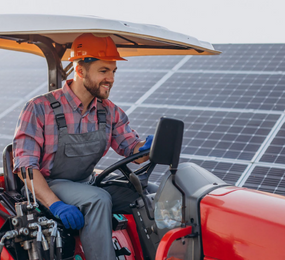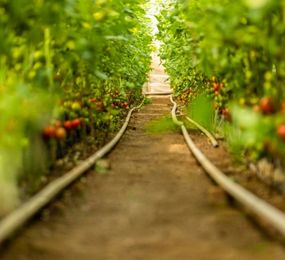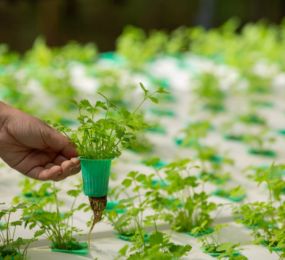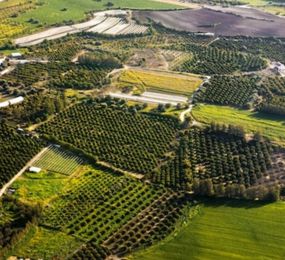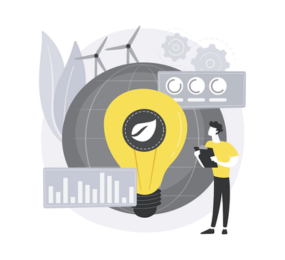As AgriVoltaics, the innovative integration of solar power and agricultural practices, gains momentum, a critical factor emerges: navigating the often-complex regulatory landscape. Inconsistent and evolving regulations can pose a significant hurdle for project development, stifling innovation and impacting the economic viability of AgriVoltaics projects.
The 3rd Annual AgriVoltaics Europe, to be held on November 6-7, 2024, in Vienna, Austria, will tackle this pressing issue head-on. It will serve as a vital platform for discussing the current state of regulations, identifying challenges, and outlining solutions for fostering a more streamlined and supportive regulatory environment for AgriVoltaics.
The Regulatory Maze:
Currently, the regulatory landscape for AgriVoltaics varies considerably across regions and even within countries. This patchwork of regulations, often designed for traditional, separate solar or agricultural installations, can be confusing and challenging to navigate. Some of the key areas of concern include:
-
Land-use zoning and permitting: Existing zoning regulations may not adequately address the dual nature of AgriVoltaics projects, creating hurdles for obtaining permits and approvals.
-
Grid connection and energy market integration: Grid operators and energy regulators may need to adapt their policies to accommodate the decentralized nature of AgriVoltaics-generated electricity.
-
Environmental impact assessments: Ensuring appropriate environmental assessments that consider both the benefits and potential impacts of AgriVoltaics on soil, water, and biodiversity is crucial.
-
Financial incentives and subsidies: Establishing clear and consistent policies for financial support, such as subsidies and carbon credits, can significantly improve the economic viability of AgriVoltaics projects.
Charting a Path Forward:
To overcome these challenges and unlock the full potential of AgriVoltaics, collaboration and innovative solutions are key:
-
Harmonization of regulations: Standardizing regulations across regions and countries will streamline project development and create a more predictable environment for investors.
-
Collaboration between stakeholders: Open communication and dialogue between policymakers, farmers, energy companies, and environmental groups are crucial for developing robust and informed regulations.
-
Pilot projects and research: Supporting pilot projects and research initiatives can provide valuable data and insights to inform the development of future regulations.
-
Knowledge sharing and capacity building: Sharing best practices and providing training will equip stakeholders with the necessary knowledge and skills to navigate the regulatory landscape effectively.
Taking the Stage at AgriVoltaics Europe:
The 3rd Annual AgriVoltaics Europe promises to be a crucial step towards addressing the regulatory challenges facing this promising technology. Through expert presentations, panel discussions, and networking opportunities, the event will bring together key stakeholders to build consensus, share knowledge, and advocate for a supportive regulatory environment that fosters the growth and success of AgriVoltaics.
By navigating the regulatory labyrinth together, we can pave the way for a future where AgriVoltaics thrives, contributing to sustainable food production, clean energy generation, and a brighter future for our planet.
Remember, the regulatory landscape for AgriVoltaics is constantly evolving. By staying informed, collaborating with stakeholders, and advocating for supportive policies, we can create a brighter future for this transformative technology.
To register or learn more about the Forum please check here:https://bit.ly/41cUdvr.
For more information and group participation, contact us: [email protected]


